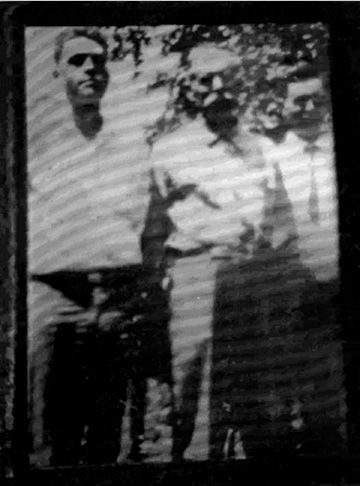Barney, Charles & Bill Mitchell, 1915
Date & Place:
in USA


 Unknown User
Unknown User 
